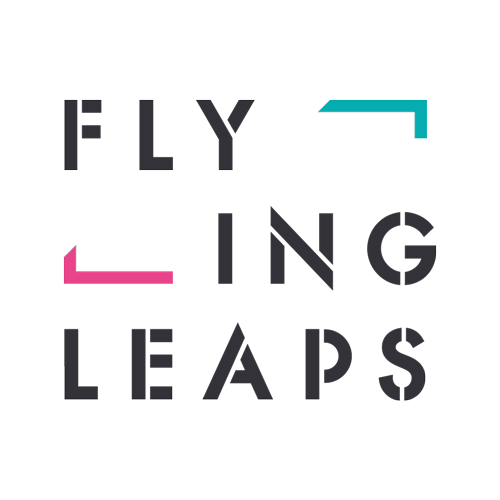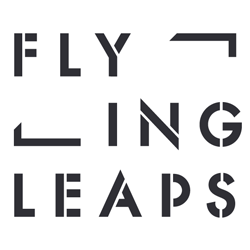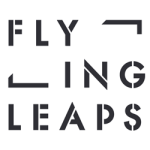About
“Visibility curdles into representations. In the absence of dissonant messages, representations tend to settle down and stabilize themselves. That is why the issue of access to the places of visibility is a central political question. To access these places is the precondition for having a voice in the production of representations. More precisely, it is not simply ‘access’ that matters, but rather the styles and modes of access.”
That was Andrea Brighenti (2007) postulating on how images do a lot more than decorate the street. What we see – and what we don’t see – surrounding us in the urban environment is, amongst other things, an index of political, economic and civic power. The flyingleaps project aims to introduce fresh voices into the ‘visual conversations’ that echo round our cities. We’ll be selecting a range of creative practitioners as well as taking nominations from respected organisations and individuals in our quest to bring some much needed sweetness and light as well as grit and provocation to a wall near you.
In creating and curating the flyingleaps project our aims include:
Exhibiting artists’ work on street poster sites to make unexpected, thought-provoking contributions to the urban spectacle.
Supporting opportunities for aspiring artists, photographers and designer-makers of all ages to develop thinking and practice.
Offering for sale direct to the public at affordable prices limited edition blue backed street posters (numbered and signed on the reverse).
Providing a forum to debate the roles of art and visual activism across multiple perspectives: personal, aesthetic, social, cultural, political…
Displaying exceptional artworks in the public urban environment will offer fresh imagery and possibly a spur to consider the thinking and sensibilities behind their production.
The flyingleaps website will regularly train a spotlight on artists, review current exhibitions and re-visit past works and artefacts that warrant further consideration.
While leaving open the question as to whether and how directly art speaks to social justice, what does occur from time to time is an image can challenge and even change the publics’ disposition. Thus turning the street into a platform for brilliant images and perhaps challenging, shifting shared beliefs, ideas and ethical attitudes operating across society. What’s not to like?


